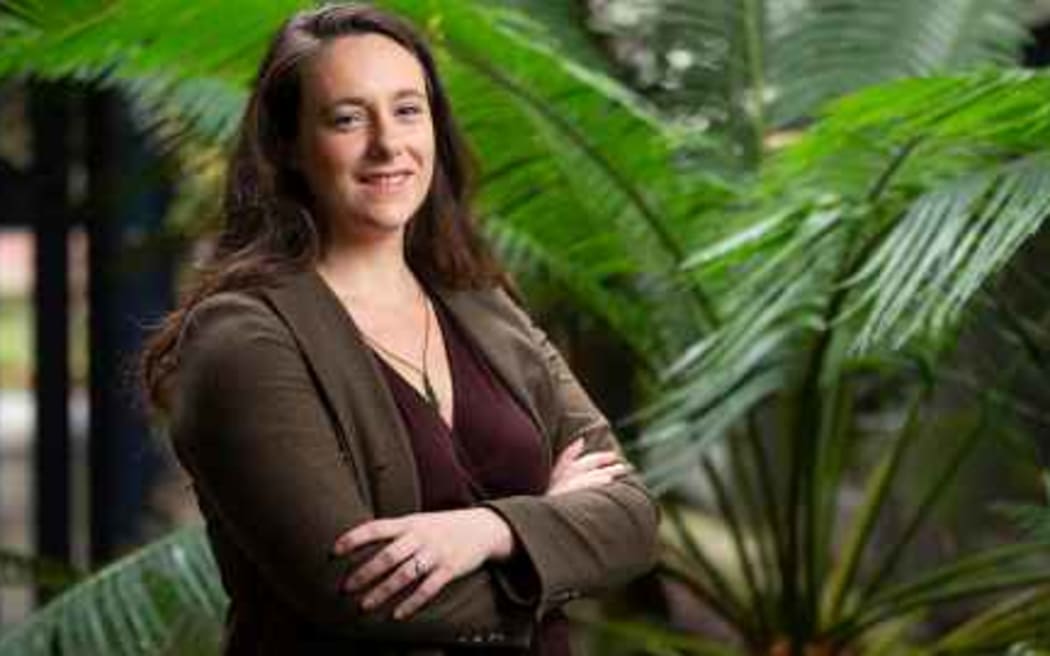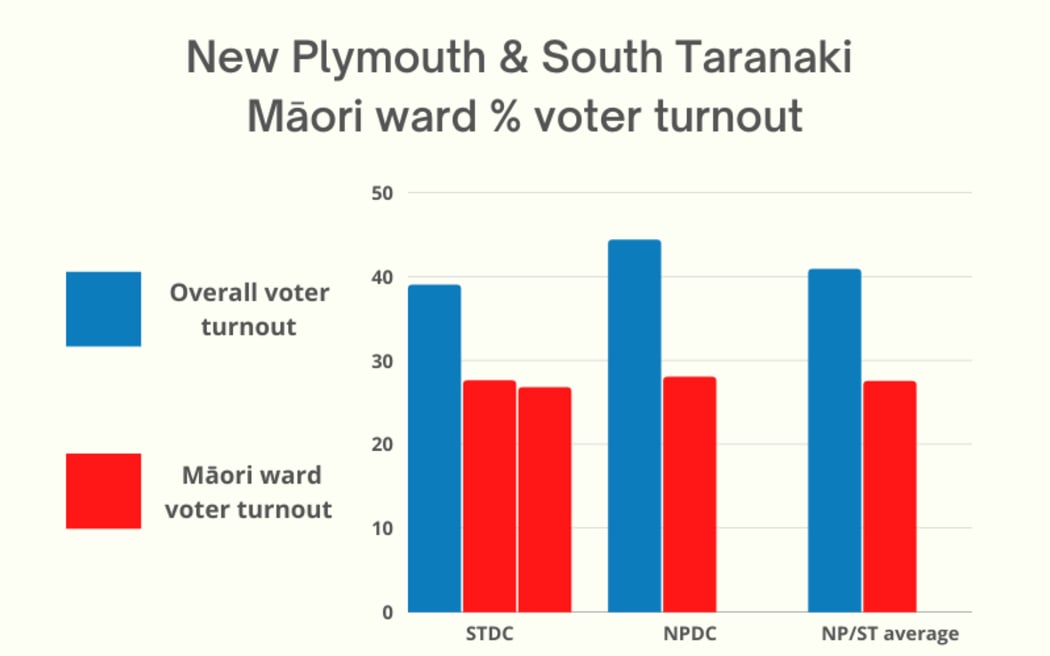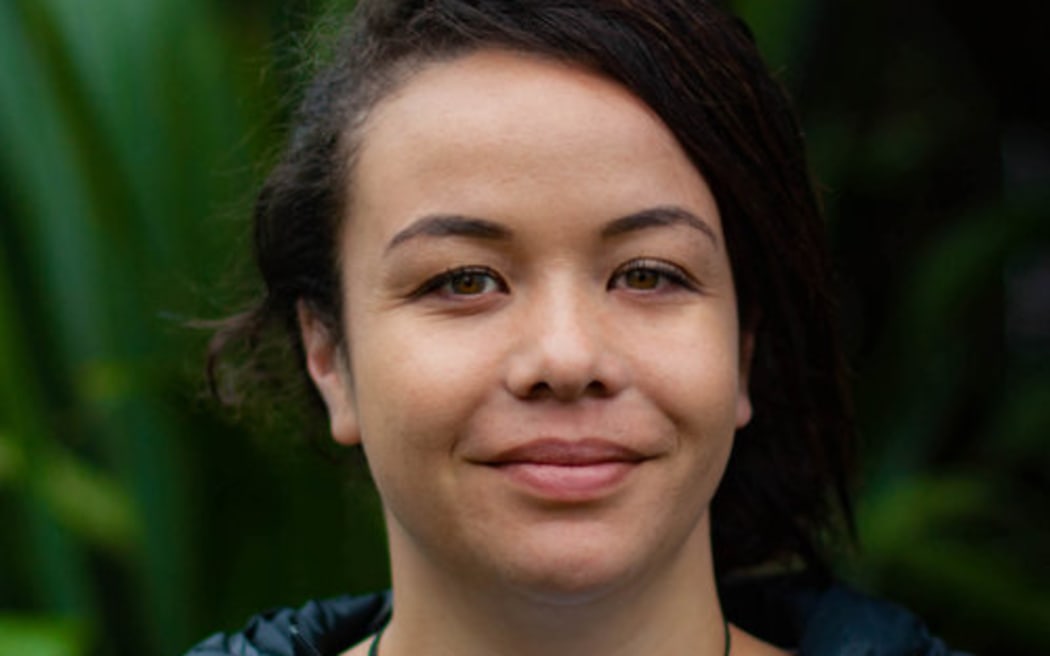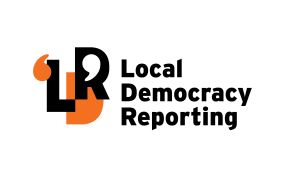
Dr Lara Greaves says intergenerational inequality erodes Māori voting in local elections. Photo: Supplied
Māori wards have been only half successful in Taranaki, with voter turnout for the new wards a third lower than overall turnout across the region.
Māori wards were created to increase representation and participation in local democracy: more Māori councillors and voters.
Without the new five Māori wards, there would be only two Māori councillors in 45 seats around Taranaki council tables.
But despite widespread publicity for the Māori wards, there's no evidence of increased voting.
Representation - how many Māori sit at council tables?
Five councillors from Māori wards guarantee each council has some representation of Māori views and interests at the top table.
But voters turned their nose up at Māori candidates for the 45 general wards.
Only two Māori councillors gained a general seat, and one of them was elected unopposed - Te Aroha Hohaia for Te Hāwera ward, where there weren't enough candidates for a contested election.
So, general ward voters picked just one Māori councillor - Dinnie Moeahu for New Plymouth's district-wide ward.
Māori are over 20 percent of the Taranaki population, but hold just four percent of the general seats.
The five Māori wards take Māori representation to 14 percent of council seats.
No Māori were elected to general wards in Stratford District or Taranaki Regional council.
Community boards saw a little more Māori success. Of 51 candidates 14 were Māori, who won five out of 31 of community board seats - or 16 percent.
Te Rūnanga o Ngāti Ruanui endorsed three candidates for South Taranaki community boards: voters rejected all three.
Participation - how many voted?
There is simply no data collected on voters'ethnicity in council elections, so it's impossible to know how many Māori voters are having their say at the local level.
The new Māori wards gave the first insight into turnout and the news wasn't good: almost three-quarters of eligible voters on the Māori electoral roll didn't cast a vote.
So just over a quarter had their say, despite wide publicity about the new wards.
In South Taranaki, Te Kūrae ward attracted a 27.6 percent turnout, slightly ahead of Te Tai Tonga at 26.8 percent.
Total turnout in council elections is also low - only 39 percent of all voters in South Taranaki District cast a vote - but the Māori ward turnout was almost a third lower (as a proportion of overall turnout).
The gap in New Plymouth District is even bigger.
In Te Purutanga Pūmanawa Mauri ward 28 percent of those on the Māori electoral roll voted.

Five councillors from Māori wards guarantee each council has some representation of Māori views and interests at the top table. Photo: Supplied
New Plymouth's overall turnout reached 44.3 percent, leaving the Māori ward turnout rate 37 percent lower.
Māori ward councillors for Stratford District and Taranaki Region were both elected unopposed, so there was no voting from the Māori roll.
In total across Taranaki, voting in Māori wards was one third lower than the overall turnout.
Half of Māori voters are on the Māori roll - the rest vote on the general roll.
Auckland Council researcher Dr Jesse Allpress found the 11 percentage point turnout gap between Māori and non-Māori in Auckland's Parliamentary elections was mirrored in the city's council elections.

Dr Annie Te One says the most Māori ever on councils might foster more votes. Photo: Supplied
If that's the case in Taranaki, Māori voting for general wards would be eight percentage points behind the non-Māori turnout, or one fifth lower.
That's a best-guess, comparing turnout for Te Tai Hauāuru with New Plymouth, Taranaki-King Country and Whanganui electorates.
Will Māori wards grow the vote?
Councils have never looked like a place for Māori leadership, says an expert in Māori and local government.
"These systems of government were set up to exclude Māori. They were set up on the premise that British-informed politics was the one and only form of politics that worked," said Dr Annie Te One (Te Ātiawa, Ngāti Mutunga).
Te One, a lecturer in Victoria University's Te Kawa o Māui (Māori Studies), said that exclusion - added to colonisation and land confiscation - created a "community of Māori who weren't provided for by both layers of government" and so saw no point in voting.
She said that might be overturned by the record number of Māori councillors and mayors elected this year.
"We are looking at a local government like we've never seen in Aotearoa before ... with the most Māori leadership we've ever seen in this form of governance across the country."
"The hope is that those voting stats change as local government starts to look more and more like a space for Māori voices and Māori leadership."
Dr Lara Greaves (Ngāpuhi, Pākehā, Tararā) from Auckland University said that change will take a while.
The senior lecturer in New Zealand and Māori politics said the new councillors need to "go out kanohi to kanohi in the community and really start to build relationships".
"Then people have that 'seen face', that local member that they get to know - that's got an educative function and has a longer-term impact on turnout."
It might seem that voters who chose to be on the Māori roll would be more politically engaged, but Greaves said that's not straightforward.
"There's not much to suggest that people on the Māori roll have more political knowledge. They tend to be more pro-Treaty and more pro-Māori rights, but not necessarily more motivated to vote."
And Dr Greaves said other factors work against taking part in elections.
"One of the big factors we know is increasing inequality, and intergenerational differences in inequality. And that's exacerbated for Māori."
"Voters tend to be people who live at a stable address, who own their own home, they're embedded in a geographic community. But especially for rangatahi Māori that doesn't look like it's going to happen: the chances of anyone aged under 40 owning a house are quite low."
If youth voting is low the Māori turnout is more heavily affected, as the Māori population is structurally much younger.
Greaves cautions that online voting might not be the silver bullet some hope for, but at best a band aid on an ailing postal vote system.
"A lot of the overseas studies have shown… that it's a rich-get-richer situation: so people who already vote just vote even more online, and it will be more convenient for them."
Both Greaves and Te One agree that civics education in schools, and lowering the voting age, could improve turnout.
There are also other ways to boost Māori representation, such as the Māori liaison committees in New Plymouth and South Taranaki districts, and the iwi appointments to Taranaki Regional Council committees.

The Future of Local Government panel released its draft report last week, suggesting mana whenua appointees could sit alongside elected Māori ward councillors.
Panel chairperson Jim Palmer said while Māori wards were valuable, mana whenua appointees recognised Te Tiriti and allowed for more iwi and hapū involvement in local decision-making.
"We think it's a more nuanced conversation than just 'one person, one vote'," Palmer said.
Te One said many are watching to see if the next three years succeed and "encourage more Māori in particular to vote, to actually have a system which reflects Māori values, reflects Māori people".
"This is how you do it, by showing that leadership at a local level can be diverse, it can be Māori, it can be young, it can be across the political spectrum."
Local Democracy Reporting is Public Interest Journalism funded through NZ On Air

